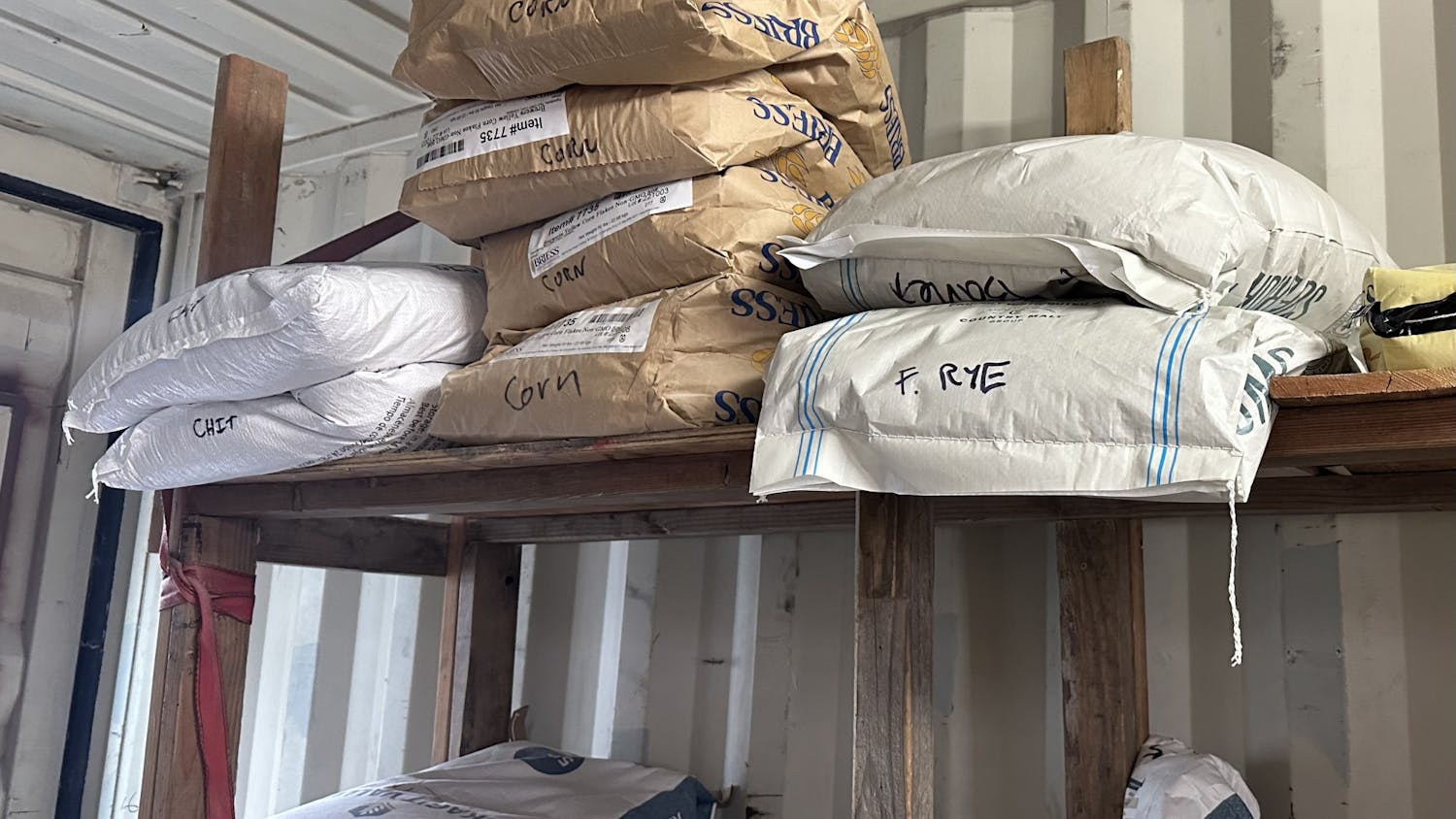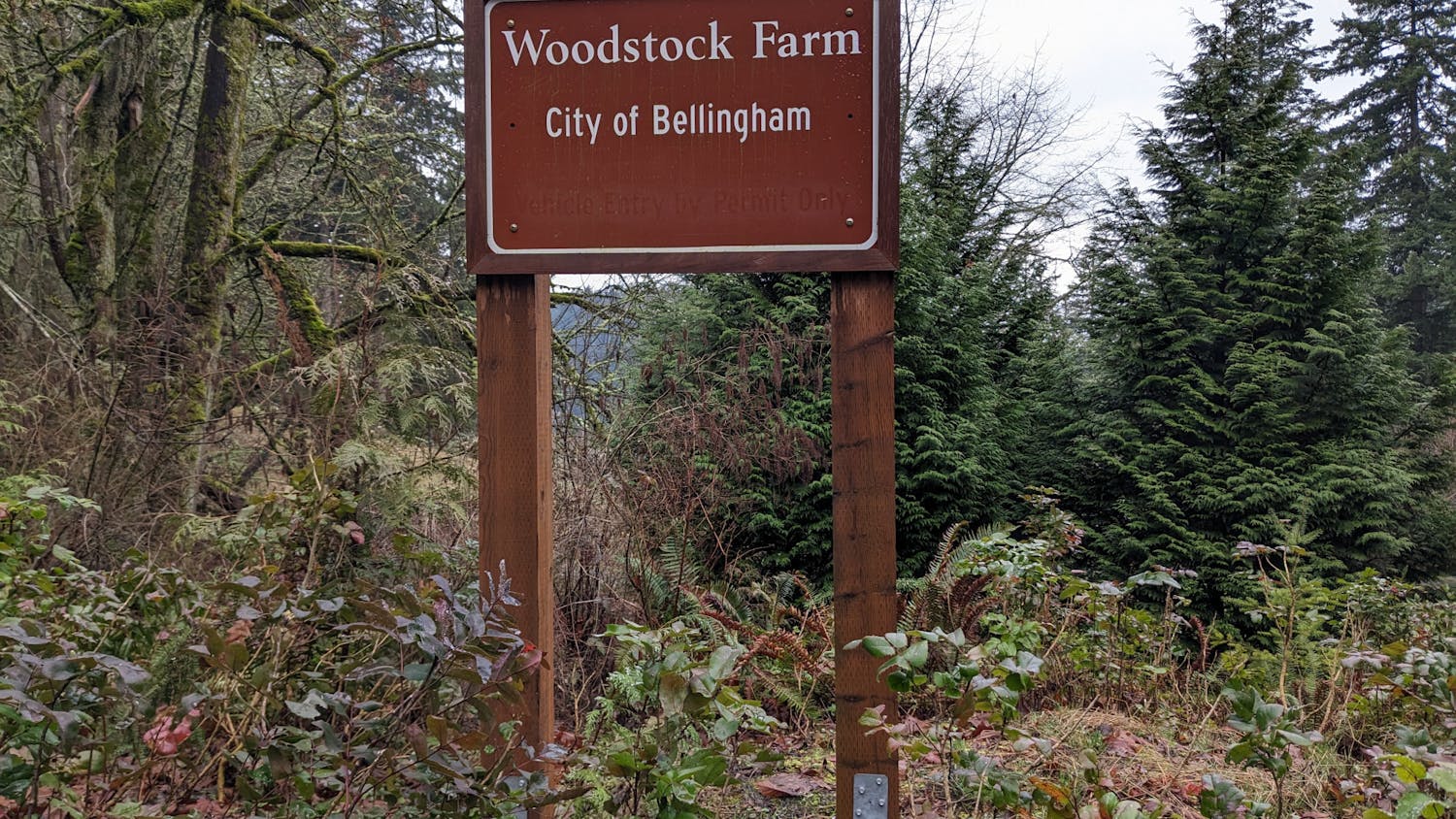The night skies of Bellingham are a popular attraction during summertime. Finding places for star viewing can be difficult in the bright lights of the city.
Stargazing experts around Whatcom have a few suggestions for finding the perfect spots for any special occasion. Here is what to look for when you’re searching for some open skies away from the bright bustle of the city.
Starry nights can’t be missed in Bellingham. With clear skies, galaxies and planets can be seen with the naked eye even in the city. Bellingham is only a six on the Bortle scale, a scale that measures amounts of light pollution, allowing the area to have visible stars even at a backyard barbecue, said Robert Wilmore, a member of the Whatcom Association for Celestial Observers.
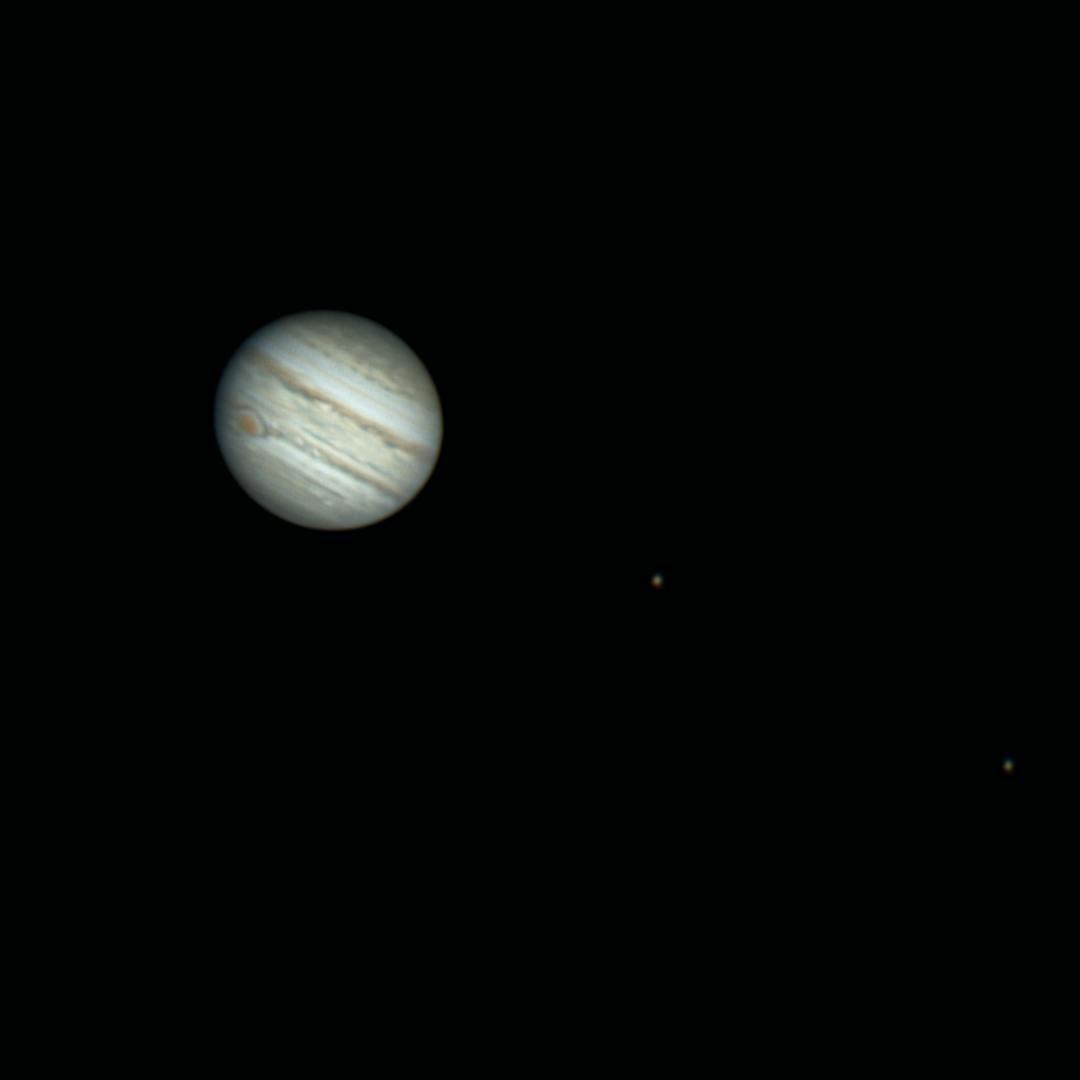
Jupiter photographed at Airport Drive in Bellingham, Wash., on the Apertura AD10 telescope. Centuries-old vortexes the size of multiple Earths can be seen churning half a billion miles away. // Photo courtesy of Robert Wilmore
“For locations, I swear by Artist Point during the summertime, it is so beautiful. Even an iPhone can pick up everything, like all these star clusters in the Milky Way galaxy, and it's insane how beautiful it is,” said Berit Manser, a club officer for the Western Washington University astronomy club.
Both of these stargazing hobbyists said similar things about the popular stargazing spot Artist Point. With an open view and dark sky, this spot is great for auroras, astrophotography and casual stargazing. However, Wilmore points out that the popularity of the spot also hinders it.
“If you've ever woken up in the middle of the night to go to the bathroom, and you turn on the bathroom light and have that horrific pain in your eyes – that happens periodically. Every 20 minutes or so while you're at Artist Point, you'll have people driving in with their headlights,” he said.
Wilmore recommends taking around 20 minutes to get adapted to these dark areas before eyes can adjust to seeing the full view of the sky.
“Once your eyes get dark adapted, that's when the universe likes to reveal its little secrets to you. It's a lot of fun, and it can be a little unnerving when you haven't disrupted but still it's a great time,” said Wilmore.
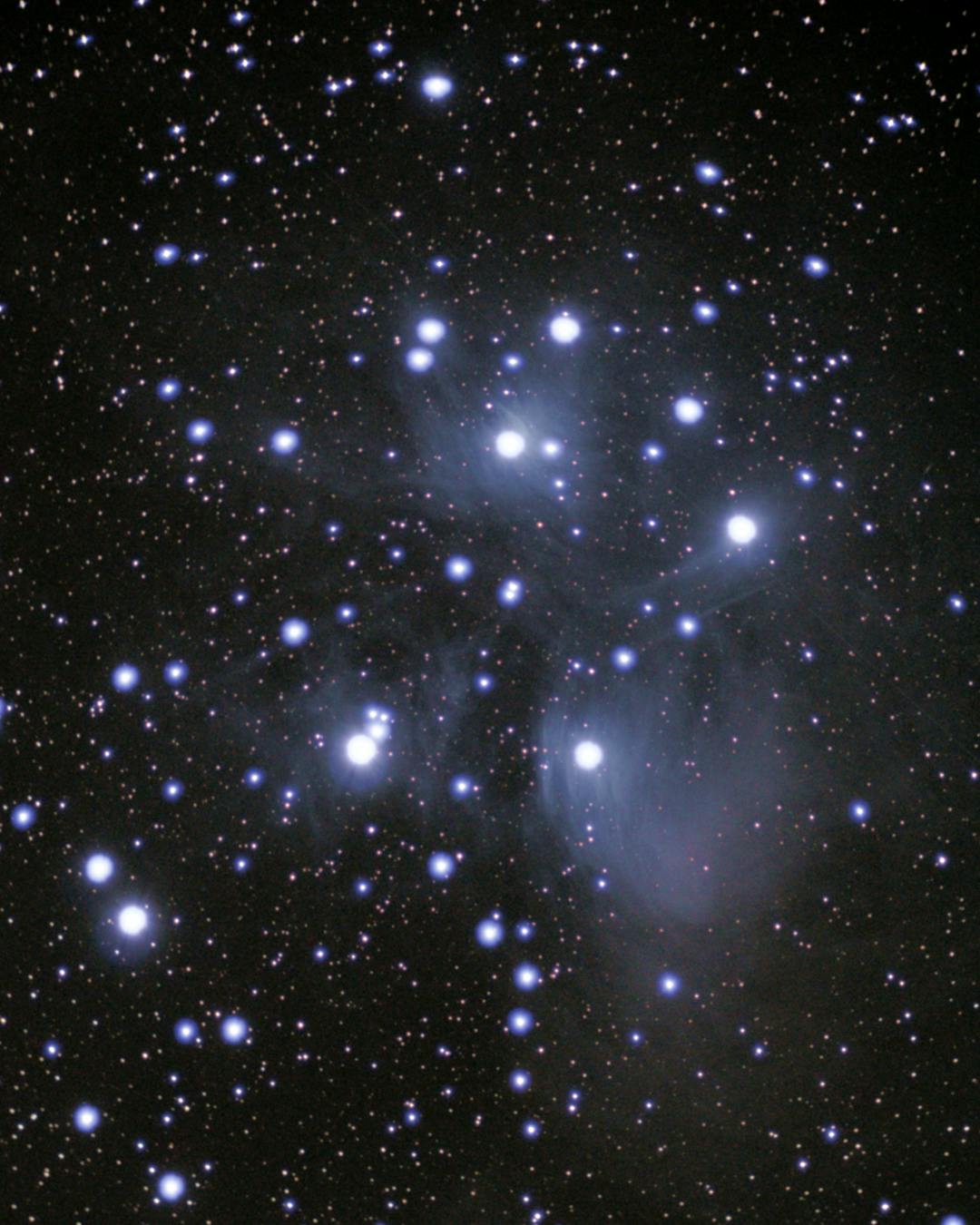
The Pleiades Star Cluster photographed at Heather Meadows in Bellingham, Wash., on the Meade ETX80 telescope. Thirty images ranging over 30 seconds on ISO 3200 and then combining 90% of the images on Deep Sky Stacker brought out the nebulosity between the stars. // Photo courtesy of Robert Wilmore
Wilmore lists off a few of his favorite spots to stargaze, both with or without a telescope on-hand to avoid running into those lights that disrupt dark adaptation. Here is Wilmore’s list of the best lesser-known stargazing spots:
Heather Meadows is a spot near Artist Point that holds some of the very same amazing sky views. Great for looking up with the naked eye, this spot has an amazing view of meteor showers and has two parking lots – one in the Austin Pass picnic area and one at the Heather Meadows visitors center. There is a public bathroom for those planning a longer outing. No pass is needed if not planning to camp, but Wilmore recommends bundling up to stay warm on this high-elevation trek.
Larrabee State Park is a spot located in town, not far from the heart of Bellingham. Just following Chuckanut road will take you to Larabee Park, which is a great local spot that’s dark enough that the Milky Way can be spotted.
Bayview Cemetery is another location that has extraordinary star visibility. Park at Moles Farewell Tributes & Crematory and make sure to go after 4:30 p.m. If you plan on bringing a telescope, you may want to ask the groundskeeper for permission. It's a very dark location with a mostly open sky. Plus, there is a public outhouse near the office area.
Bloedel Donovan Park, located near Lake Whatcom, has grass fields to the south that are both open and dark. Lay down in the grass and enjoy the open sky view.
Phillips 66 Soccer Field is located in Bellingham, but is closer to Ferndale. It is very wide open and the parking lots don’t have lights, making it a great dark spot to see the Milky Way bright and clear. It's great for checking out planets and catching meteor showers.

The planet Saturn photographed at Airport Drive in Bellingham, Wash., on the Meade 8" ACF telescope. While Saturn was in opposition in 2022, Wilmore recorded another 3000-frame video and processed it the same way as the Jupiter image. // Photo courtesy of Robert Wilmore
WACO also hosts public stargazing events in popular spots like Boulevard Park and Zuanich Park where anyone can come and view the stars from their telescopes. Their Facebook hosts a calendar listing these upcoming meets.
“We do spacetime events at Taylor [Dock] at sunset on Sundays; we bring out our telescopes to share with everyone. If you join in, we give you a sticker commemorating whatever you saw,” Wilmore said.
“If you're trying to just have fun with a telescope, this is a great way to do it and not pay a dime,” he said.
Western astronomy club members use sites like Clear Dark Sky and Dark Site Finder to navigate good places to take out their telescopes; these help them know when skies will be clear and where to avoid light pollution. They use a large reflector telescope, named Stella, from the physics department that runs on car batteries to power its navigation system.
“You can lock in on a star constellation you want or even a galaxy or nebula, and it'll consistently change the position of the telescope and the focal point so that you don't have to,” Manser said.
This campus club plans to continue hosting a space where people interested in astronomy can meet together and possibly carpool to these fun locations. WACO insists anyone interested in astronomy come and check out the great views.
“Teddy Bear Cove in Bellingham and Sammamish Overlook in Bow, Washington, are two of the places I tell people are good for stargazing. If you drive up near the farms by Ferndale and Lynden, those are also great places just from being out of the city area,” Manser said.
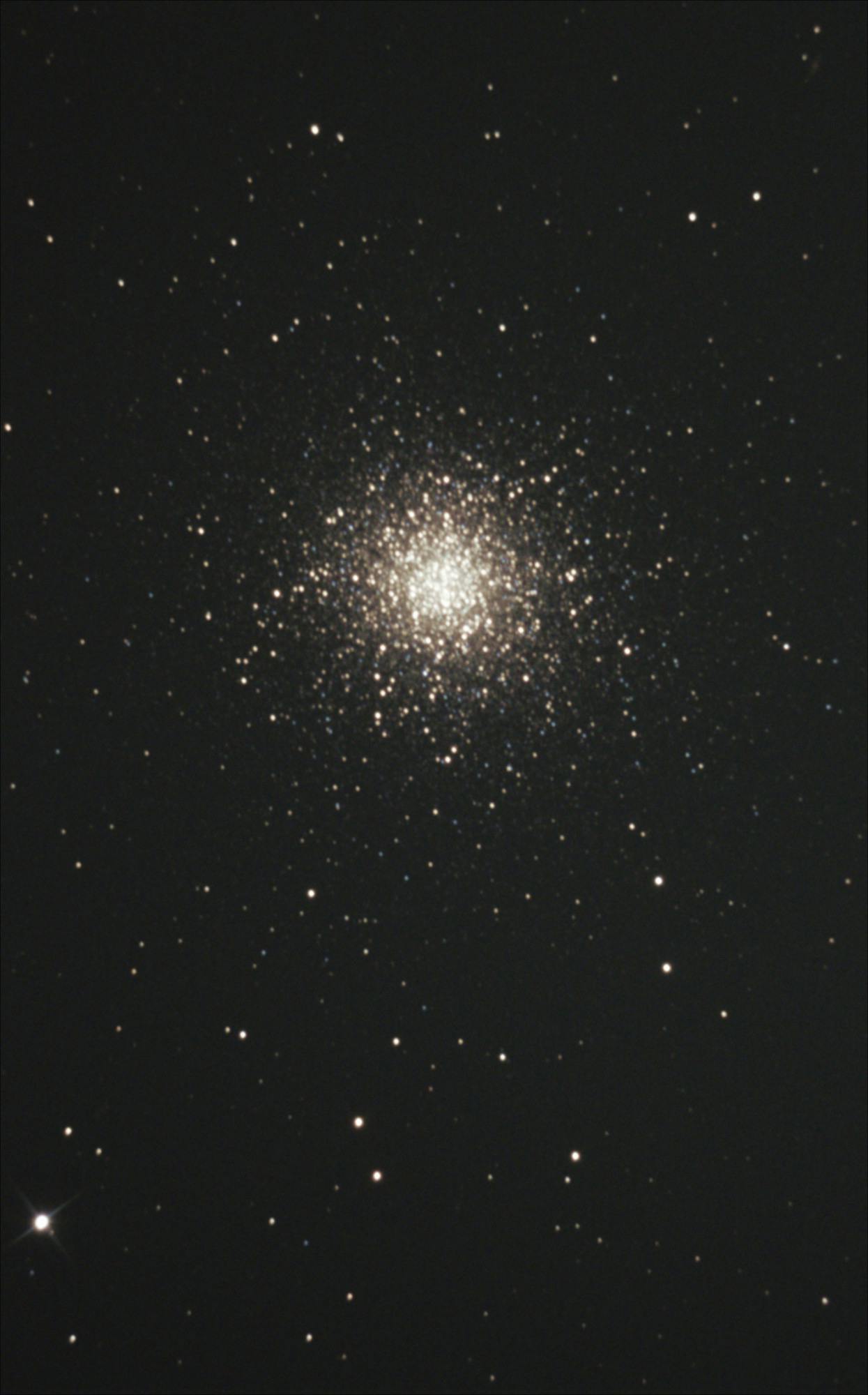
The Hercules Globular Cluster photographed in downtown Fairhaven in Bellingham, Wash., on the Hardin Optical Deep Space Hunter 12" telescope. Globular Clusters are like the dust bunnies left over from the creation of the universe, too small to be galaxies but too large to be consumed by them. // Photo courtesy of Robert Wilmore
Regardless of star viewing locations explored, there are some safety precautions to be made when exploring new locations in the dark. Anna Roth, the Washington Trail Association staff in charge of the hiking guide database, recommends checking out their night hiking guide if planning to make this stargazing more of a weekend retreat.
“I would recommend people research where they can find minimal light pollution. Be aware that going too high up can be counterintuitive, as with a broader horizon there is more of a chance of the light pollution being there on the horizon,” Roth said. “I would say know where you're going, be familiar with how to get there and how to get back safely.”
WTA offers other resourcing for stargazing including their own list of spots across Washington with one for both short and long hiking locations on their Darkest Places Digest. If looking for a place to meet with others who enjoy astronomy outings, club options are available in Whatcom for both students and adults alike, and always welcome new people to join these fun outings.
Jase Picanso (he/him) is a city life reporter for The Front. He is a third-year student majoring in Public Relations. His work focuses on local events, organizations, resources and community perspective and experiences on current world topics.
You can contact him at Jasepicanso.thefront@gmail.com



